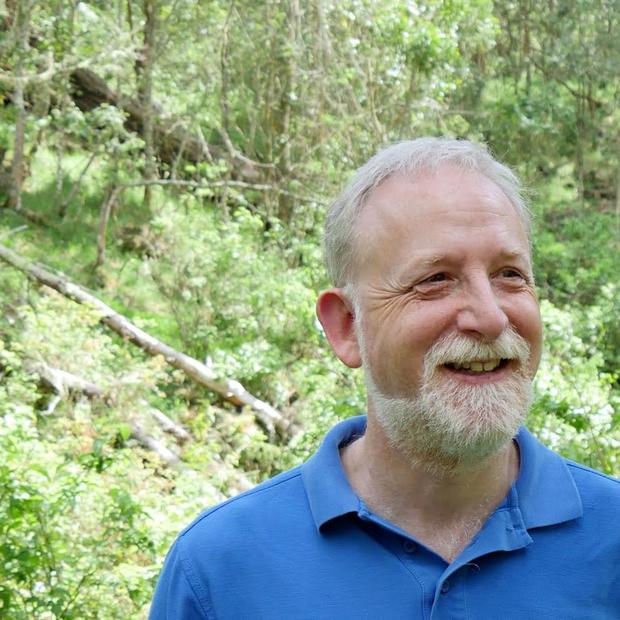"What has been is what will be, and what has been done is what will be done; and there is nothing new under the sun."
— Ecclesiastes 1:9
"One hundred years from now I wonder if those in the future who view these images will appreciate the value of ... pictures as a means of recording life as is lived in this century ... photography is in the truest sense biography — is it not the writing of life in a truly universal language?"
— Burton Holmes, Seoul, Korea, 1899
The Great Recession, climate change and the quest for carbon neutrality have reoriented how we look at cities, the distance between home and work, and the role of the automobile.
A simultaneous, street-based nostalgia targets simpler times, a more human scale, and an elusive world of accessible neighborhoods often lost in the memories of previous generations.
Consider imagery that restores such lost urban memories for those who did not witness modern urban history, and recreates what political writer Alexander Cockburn has termed "the lost valleys of the imagination." Such lost valleys often grace nearby bookstores and online forays, but quality varies, and frustrates our romantic search to turn back time. Of all available resources, amid blogs and information byways, no visual record is more compelling than the archived work of seldom remembered, but innovative documentary pioneers, who left behind breathtaking records of camera artistry: pictures revealing moments when people hardly understood the camera as it recorded the profound change which surrounded them.
One such pioneer, Burton Holmes, preserved imagery in unparalleled human scale, first with black and white, glass negatives, often hand-colored with fine, single hair ermine brushes and through parallel use of motion pictures from the time of their invention. He showed all that a city can be — while also depicting the changing form and appearance of infrastructure and public spaces, and the impact of this change on urban residents.
His legendary work, which entertained the captive opera-goers in front rows and the general admission crowds in the rear, is well-chronicled in the work of Genoa Caldwell ("The Man Who Traveled the World" and "Travelogues: The Greatest Traveler of His Time," recently republished as "Early Travel Photography"), as well as by other devotees, and can be readily reviewed in print and online (including the most resource-intensive compilation at burtonholmes.org).
Holmes was not an intentional urban historian. He became a famous stage presenter, who, from the late 19th century until the 1950s, inherited a showman's tradition from previous travel lecturers and became synonymous with the new word, "travelogue," which he favored to stimulate vicarious interest in his art.
He brought the first motion picture cameras to the Far East, recorded Tolstoy and the coronation of Ethiopian Emperor Haile Selassie and otherwise roamed the world — often to places of danger where a camera had never been — and brought home both organic, natural portraits of life abroad and entertaining still-photography and cinematic visions to halls across America. However, over and above Holmes' published travelogue narratives, a particularly intentional urban documentary purpose flows from his photos, as depicted above and below.
Photo-archivist and biographer Caldwell has shared hints of this perhaps subconscious resolve in quotations she has compiled in the over 30 years she has devoted to her research. An example of one reference she has found that holistically describes urban ambience addresses Berlin in 1907.
Holmes noted Berlin as a city of contrasts, where the traveler feels the unseen presence of something fine and beautiful, and it is cleanliness, he said, that pleads most eloquently for Berlin. There, he described how the art of municipal housekeeping is practiced in perfection: "Berlin is the best-kept great city in the world."
Holmes' cameras captured far more than the order he saw in Berlin; he chronicled the impact of new forms of transportation as it was introduced to classical environments, and the resulting evolution of streets and ways of life.
(This article is adapted from myurbanist.com, where it originally appeared. The article has additional photos and some of the author's thoughts on what the photos reflect about urban life. )



